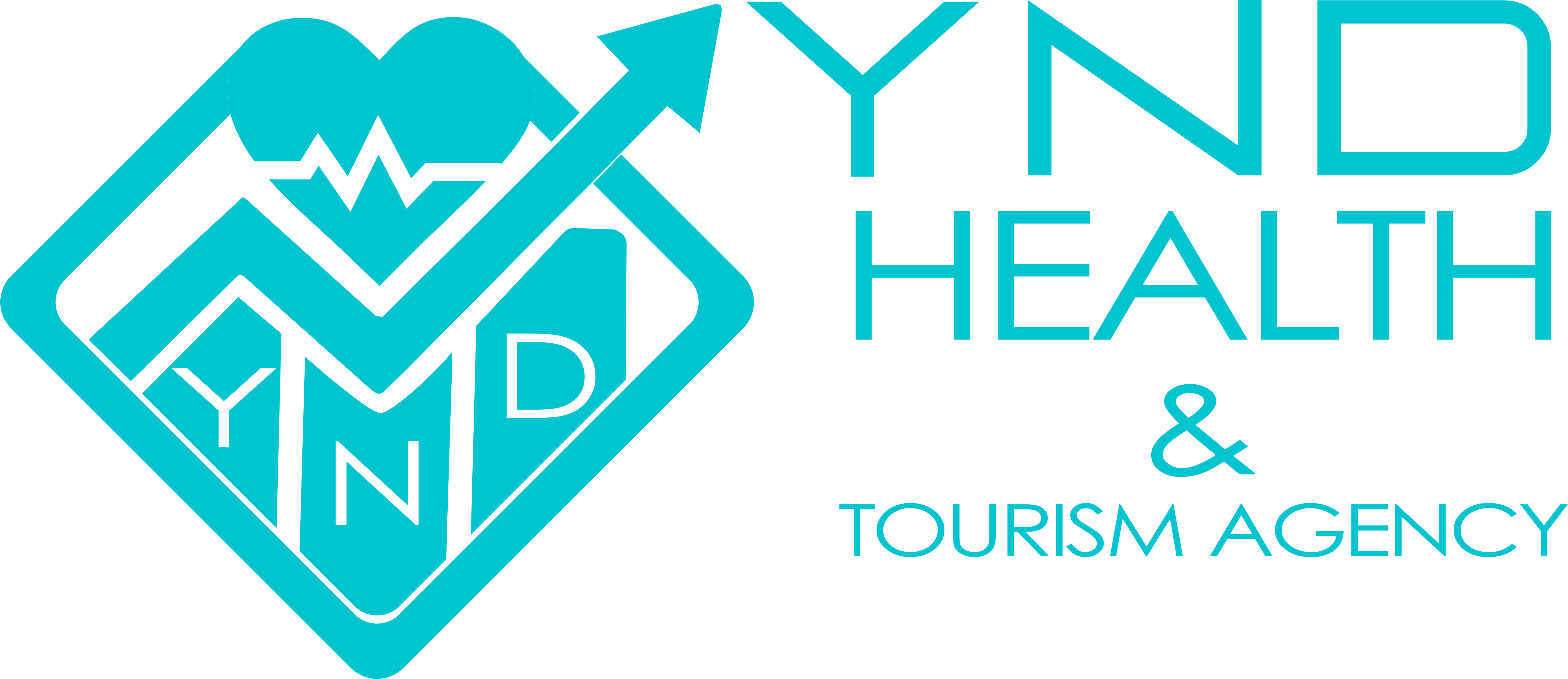Plastic and Aesthetic Surgery.
This surgical field is divided into two subfields: ‘Plastic and Reconstructive’ Surgery and ‘Aesthetic’ Surgery.
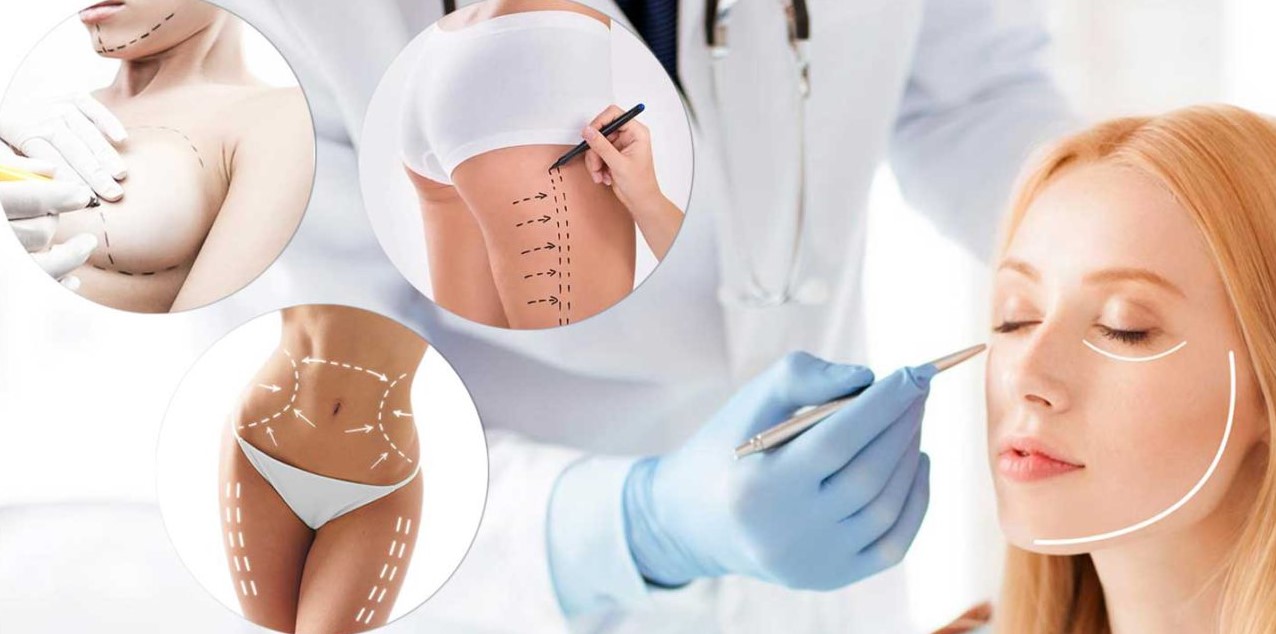
Plastic and Reconstructive Surgery (Reconstruction and Repair Surgery):
Plastic and Reconstructive Surgery, a surgical branch aimed at correcting congenital or acquired shape and functional abnormalities, is also known as Reconstruction and Repair Surgery.
This field deals with the following areas:
✔ Cleft lip and palate
✔ Deformities of jaw, face, and skull bones
✔ Auricular deformities
✔ Nose defects
✔ Disorders caused by traffic accidents, tumors, and other causes
✔ Absence, asymmetry, or excess breast tissue
✔ Breast reconstruction after cancer
✔ Gynecomastia (large breasts in men)
✔ Repairs of genital organs, replantation of ruptured organs
✔ Hand Surgery (finger transfers, finger ruptures, etc.)
✔Skin and soft tissue tumors
✔ Acute burns and deformities after burns, damage to soft tissues by electrical and chemical substances
✔ Wounds formed in the skin and under the skin due to various infections, radiation, and other effects
✔ Chronic wounds
In treatment, various technologies such as microsurgery, laser systems, endoscopy, and various chemicals and drugs are utilized alongside classical surgical methods.
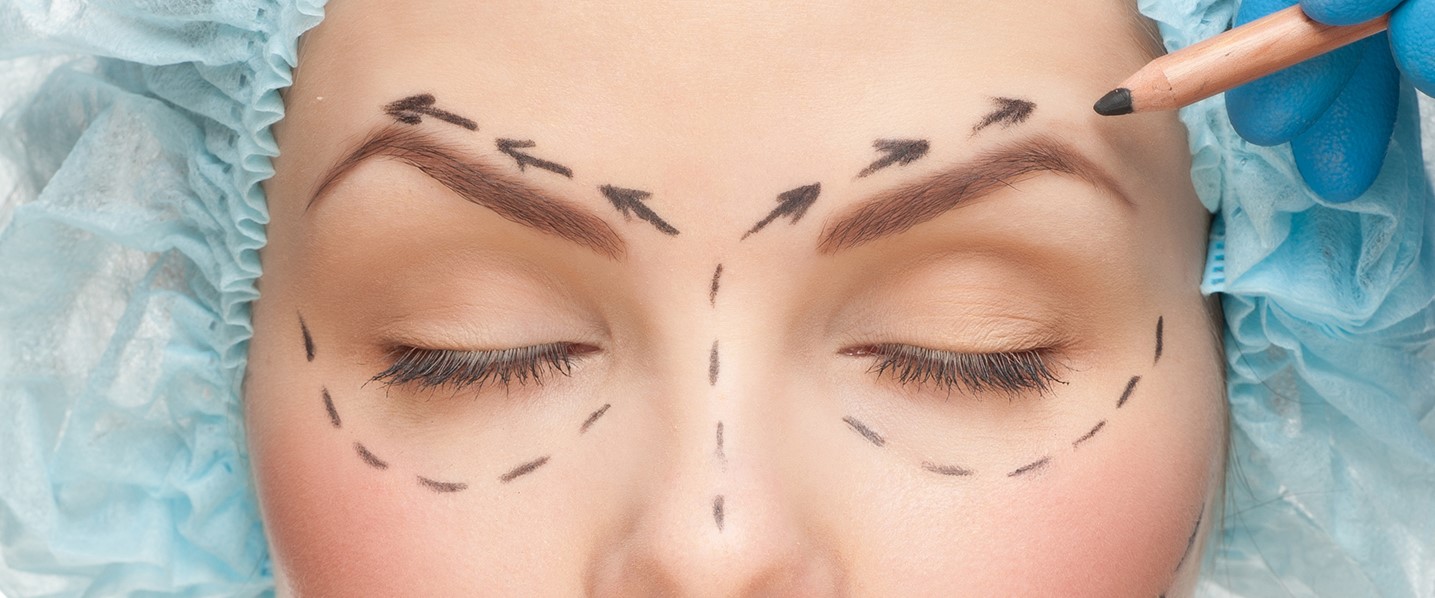
Aesthetic Surgery (Cosmetic Surgery)
Aesthetic surgery, a subfield of plastic surgery, focuses on operations and procedures aimed at enhancing the appearance of the body to make it more beautiful and flawless. In this field, aesthetic concerns take precedence.
Aesthetic surgery requires extensive training and experience. Such operations demand both surgical and artistic skills.
In aesthetic surgery, not only aesthetic but sometimes health issues are addressed as well. For example, surgically reducing excessive body weight or excessively large breasts can eliminate both health and aesthetic problems.
Areas of interest in aesthetic surgery include:
✔ Aesthetic and functional nose correction (Rhinoplasty, septorhinoplasty)
✔ Face rejuvenation (Facelift- eyelid and mouth contour revisions, treatment of wrinkles)
✔ Face and forehead lift
✔ Eyebrow lift
✔ Eyelid aesthetic
✔ Correction of other aesthetic problems in the prominent ear and auricle
✔ Chin augmentation and reduction operations
✔ Elimination of scars and irregularities on the skin,
✔ Hair transplants
✔Laser applications
✔ Aesthetic breast operations: Enlargement, shrinking, and lifting
✔ Operations to reduce excess fat tissue (liposuction-lipectomy)
✔ Abdominoplasty
✔ Skincare and interventions
Basic Procedures in Plastic and Reconstructive Surgery
Facial Operations
Face Lift (Cheek, neck lift)
Facelift surgery is a surgical procedure that eliminates signs of aging in the face (sagging, wrinkles, blemishes, irregularities) by tightening and lifting the skin.
As people age, the skin on their face loosens, wrinkles form, and blemishes and irregularities appear due to the effects of time, sun exposure, stress, and other factors (smoking, alcohol, poor nutrition).
Facelift procedures rejuvenate the forehead, face, and neck by addressing loose skin and irregularities; excess fat tissue in the cheeks and neck is removed, facial tissues are supported, and eyelids are corrected.
Brow Lift
Botox injections can be used to pull the outer parts of the eyebrows upward, giving them the desired shape.
Another method of eyebrow lift is the thread lift technique. This method is quick and easy to perform. It can be done under local anesthesia. Non-dissolvable threads are passed through the scalp and above the eyebrows, pulling the eyebrows as high as possible. The effects of this method last for about 2 years.
Surgical eyebrow lifting is a permanent solution. Eyebrow lift surgery can also be performed under local anesthesia. During the surgery, the skin layer beneath the eyebrow, under the scalp, is separated from the underlying tissues, which can also be done endoscopically.
Eyelid Aesthetics (Blepharoplasty)
Due to aging and the effects of gravity, there can be sagging, excess skin, and loosening of the skin in the eyebrows, upper and lower eyelids. Additionally, bags may form under the eyes due to the protrusion of fat tissue.
In aesthetic eyelid surgery, excess skin or fat tissue is removed, providing both a more aesthetic appearance and relieving the person’s vision.
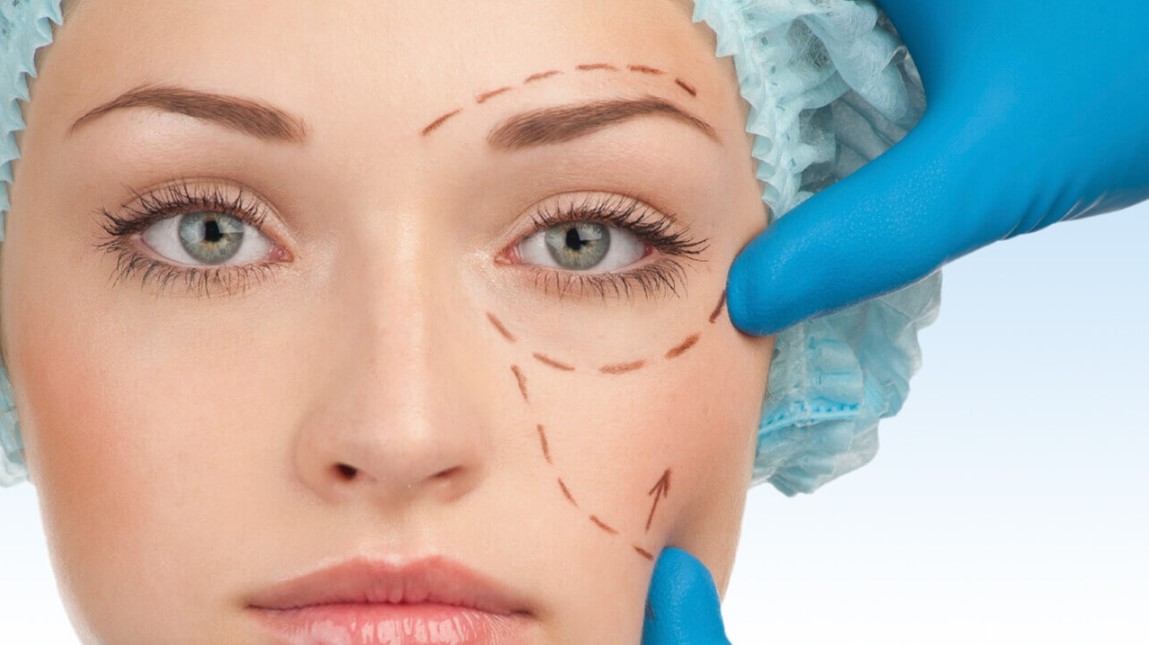
Nose Job
Aesthetic nose surgery (rhinoplasty) or nose reshaping surgery is one of the most commonly performed procedures in aesthetic surgery.
With aesthetic nose surgery, you can reduce or enlarge the size of your nose, change the shape of your nasal tip or nasal bridge, narrow the width of your nostrils, or adjust the angle between your nose and lips. Additionally, you can correct shape abnormalities that occur due to birth or trauma and improve your breathing.
Fat Injection (for lip, cheek, and facial contours)
Fat injection can be used to eliminate lines and hollows on the face and make facial features more prominent.
The fat used in fat injection is typically taken from the abdomen or legs. The procedure is performed under local anesthesia using fine cannulas and specialized needles.
Filling Applications
Dermal fillers can be used to reduce wrinkles or enhance facial lines.
Dermal filler injections are typically administered to the lips, areas with fine and deep wrinkles on the face, the neck, and above the chest. They can also be used on the hands to reduce wrinkles and under the arms to prevent excessive sweating.
The longevity of dermal filler injections varies depending on the treated area but typically lasts around 8 to 12 months.
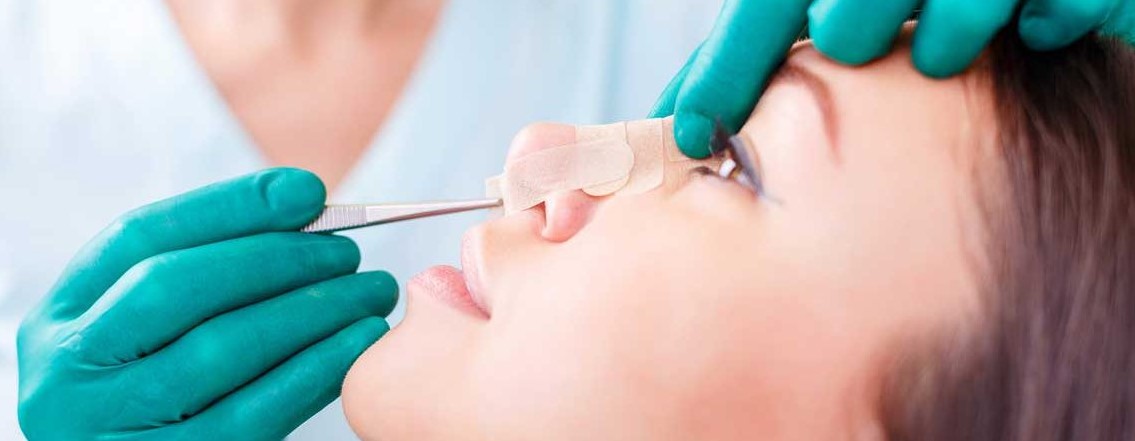
Hair Transplantation
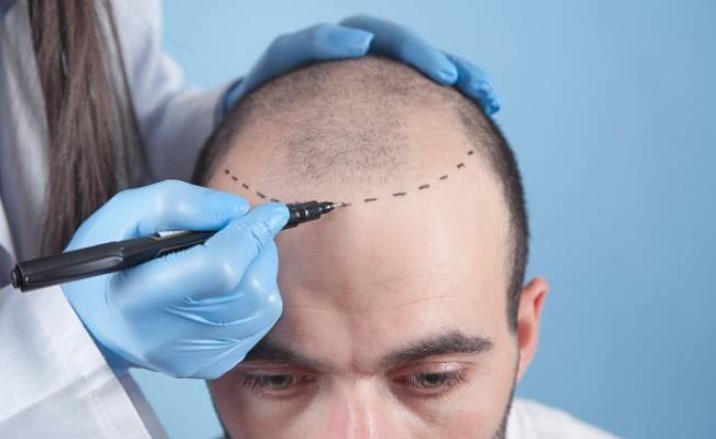
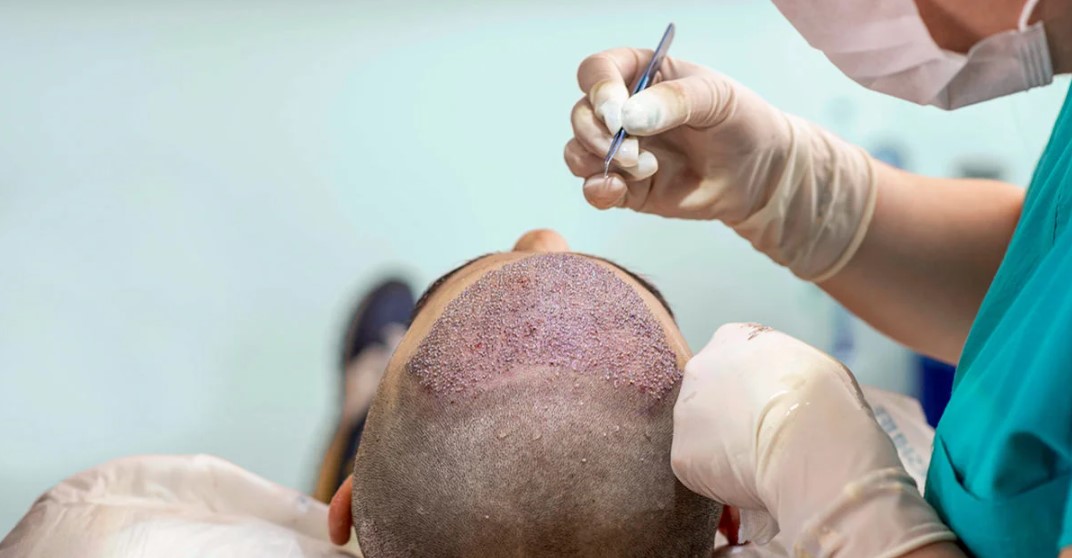
Permanent restoration of lost hair can only be achieved through hair transplantation. Hair transplantation is the process of taking hair follicles resistant to hair loss from the back of the scalp and transferring them to the bald area using appropriate techniques.
There are two commonly used methods today:
Follicular Unit Extraction (FUE):
Hair follicles are individually extracted using fine-tipped special needles from the back of the scalp or other parts of the body and then transplanted to the area where hair restoration is needed. Since no sutures are used in this method, there is no visible scar.
Follicular Unit Transplantation (FUT):
This is a hair transplantation method applied to individuals experiencing hair loss. Healthy and non-thinning skin with hair from the back of the scalp is harvested without harming the hair and follicles and then transplanted to the bald area.
Different techniques can be used depending on the type of hair and skin. The duration of the procedure varies depending on the extent of the hair restoration area but generally takes between 4 to 8 hours. The procedure is performed under local anesthesia to prevent the patient from feeling pain or discomfort.
In approximately 80% of patients who undergo hair transplantation, all or some of the transplanted hair may shed within three weeks after surgery. This is a normal occurrence, and the hair will regrow within 3 to 6 months. The transplanted hair is permanent and does not shed again.
Burn Treatment
In the case of burn injuries, the first step is to rinse the burned area with cold water. Subsequently, different treatment methods are applied depending on the depth of the burn.
For first-degree burns, the affected area becomes red and painful but does not blister. These burns are usually left open, and an antibiotic ointment may be applied. They do not require a bandage, and healing typically occurs within 7-10 days.
Second-degree burns result in blistering and intense pain. These burns usually heal within 2-3 weeks. Deeper second-degree burns take longer to heal. After cleaning the burn wound, it is either covered with a long-term dressing material or daily dressings are done using burn ointments.
Third-degree burns cause blackening of the affected area and loss of sensation. These burns require surgical intervention. Prior to surgery, medications may be administered to prevent infection or treat existing infections in the burn tissue.
